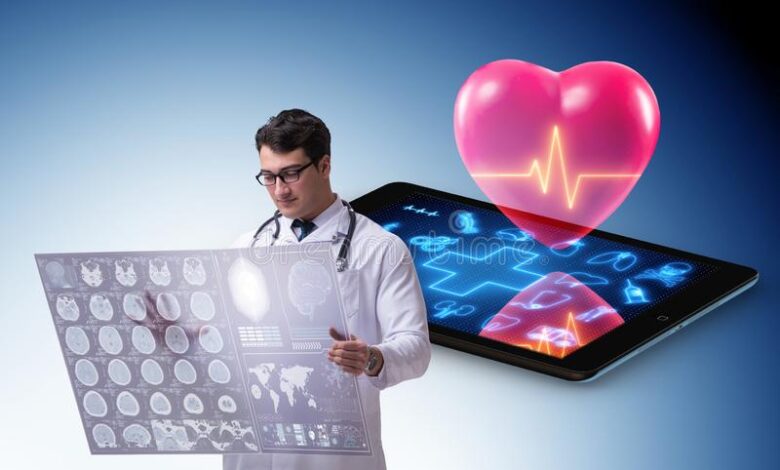The Latest Trends in Remote Patient Monitoring

The latest trends in remote patient monitoring are changing how doctors monitor patients. This technology allows doctors to monitor patient’s vital signs through a web connection. The devices used in remote patient monitoring range from pulse oximeters to digital thermometers to otoscopes and personal ECGs. Patients were trained to use these devices and were eager to try them out. Patients had to connect these devices to the monitor, upload data, and perform other tasks.
IoT
Remote patient monitoring (RPM) is an exciting new way to manage patients in a medical setting. Its potential is vast, and it promises to change how we care for patients. However, it also requires considerable research and safety standards. Because RPM involves multiple devices and software, it will need to be integrated into the existing healthcare infrastructure. In addition, RPM must be secure and communicate with patient confidentiality and privacy policies.
Remote monitoring and IoT technologies can help healthcare institutions improve patient outcomes. They can reduce in-person visits and help save precious time. Remote care also allows for more accessible communication, which could save lives. This is particularly important in remote regions where communication is not always convenient. Moreover, it is crucial to monitor the condition of patients to avoid the risk of disease transmission. Furthermore, IoT and remote patient monitoring systems can reduce the risk of diseases like the COVID-19 pandemic.
With IoT and remote patient monitoring, we can redefine how healthcare services are delivered. Using interconnected devices to collect, aggregate, and analyze data, we can create intelligent healthcare systems that diagnose, treat, and follow patients. One example is a Raspberry Pi device, which will be connected to a monitor to record health and medical data. It will also send the results to the cloud for physicians to review in real-time.
There are many advantages to remote patient monitoring and IoT, but the potential risks are more significant than you may realize. For example, a non-touch digital thermometer will measure the body’s temperature, while a spirometer will detect lung infections. However, the security of IoT devices is also essential. It is crucial to understand how hackers can access these remote patient monitoring tools and devices and how to protect them. You can save your networks by using network segmentation and ensuring that only authorized devices can access them.
IoT Market Drivers
As a critical IoT application in the healthcare industry, remote patient monitoring has been changing patient care and treatment paradigms. It has made it possible for patients to receive treatment at home while also avoiding the need for emergency room visits. This remote patient monitoring application was first introduced during the COVID pandemic when physicians faced difficulty accommodating the growing number of patients. Ultimately, this technology has become an essential part of the healthcare ecosystem, fueling the remote patient monitoring market in the coming years.
The benefits of remote patient monitoring systems include improved chronic illness management, progress tracking, and early warning indications. In addition, it has helped healthcare providers better manage chronic diseases like diabetes and cancer. Moreover, next-generation sensor technology has changed healthcare systems. In particular, intelligent sensors and other IoT devices can now be found in homes, allowing medical professionals to monitor patients more effectively. These innovations will likely continue to improve patient care and quality of life in the long run.
The remote patient monitoring market is segmented into devices and software. Devices and software comprise the most significant portion of the market, with the software and services segment holding the most important global market share by 2021. By end-user, providers account for the largest share of the remote patient monitoring market in 2021. Key players in the market include VitalConnect and Koninkland. In addition, the market is primarily driven by the rising number of chronic illnesses and older adults.
With the growing awareness of chronic diseases and an increasing number of remote patient monitoring applications, remote patient monitoring devices can help medical organizations manage their patients better. They can provide more accurate data than episodic reports. Additionally, remote patient monitoring solutions allow doctors to stay in touch with their patients around the clock, reducing the number of unnecessary hospitalizations. They also help prevent complications and improve overall patient care. The remote patient monitoring market is overgrowing, and there are many benefits for providers and patients.




